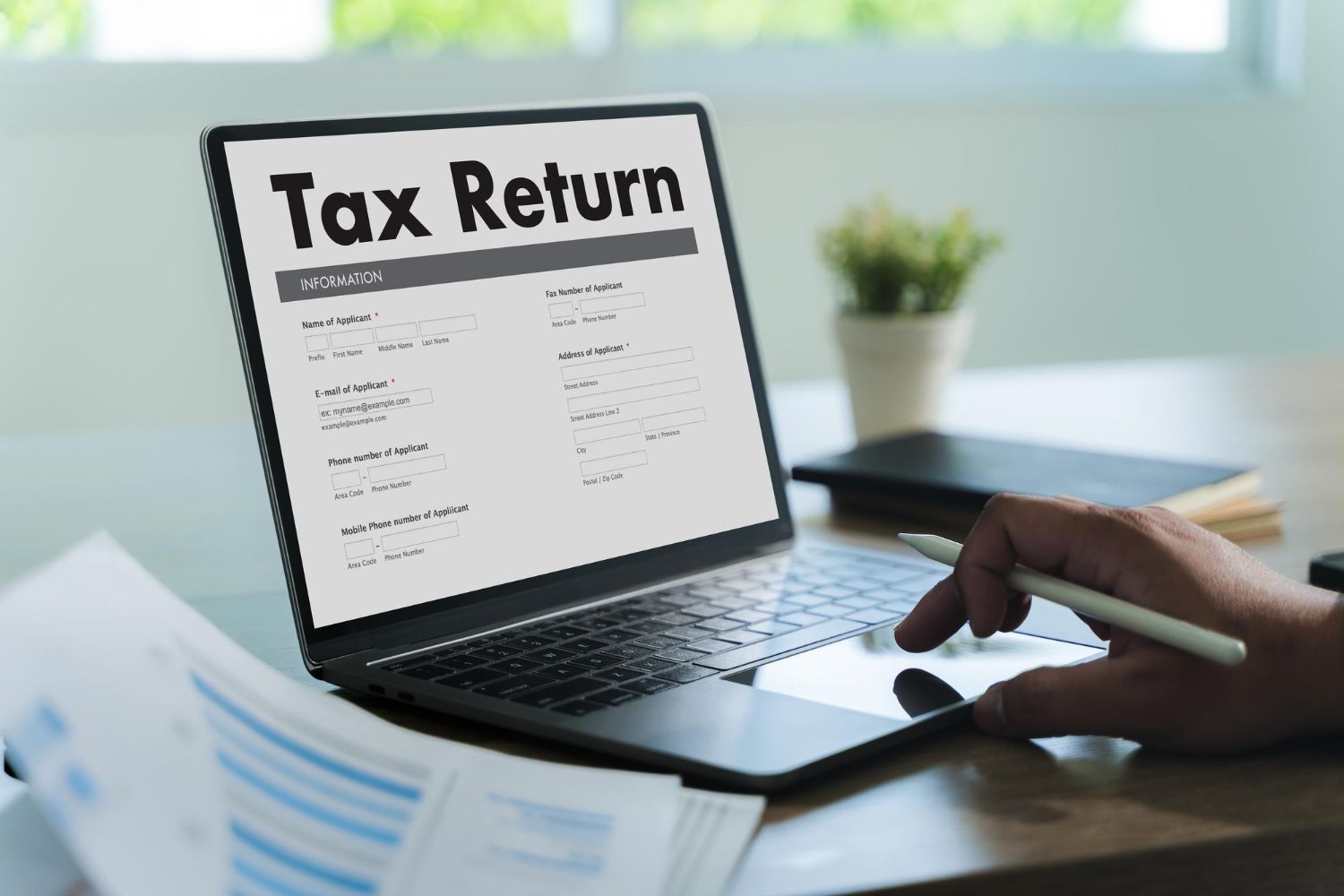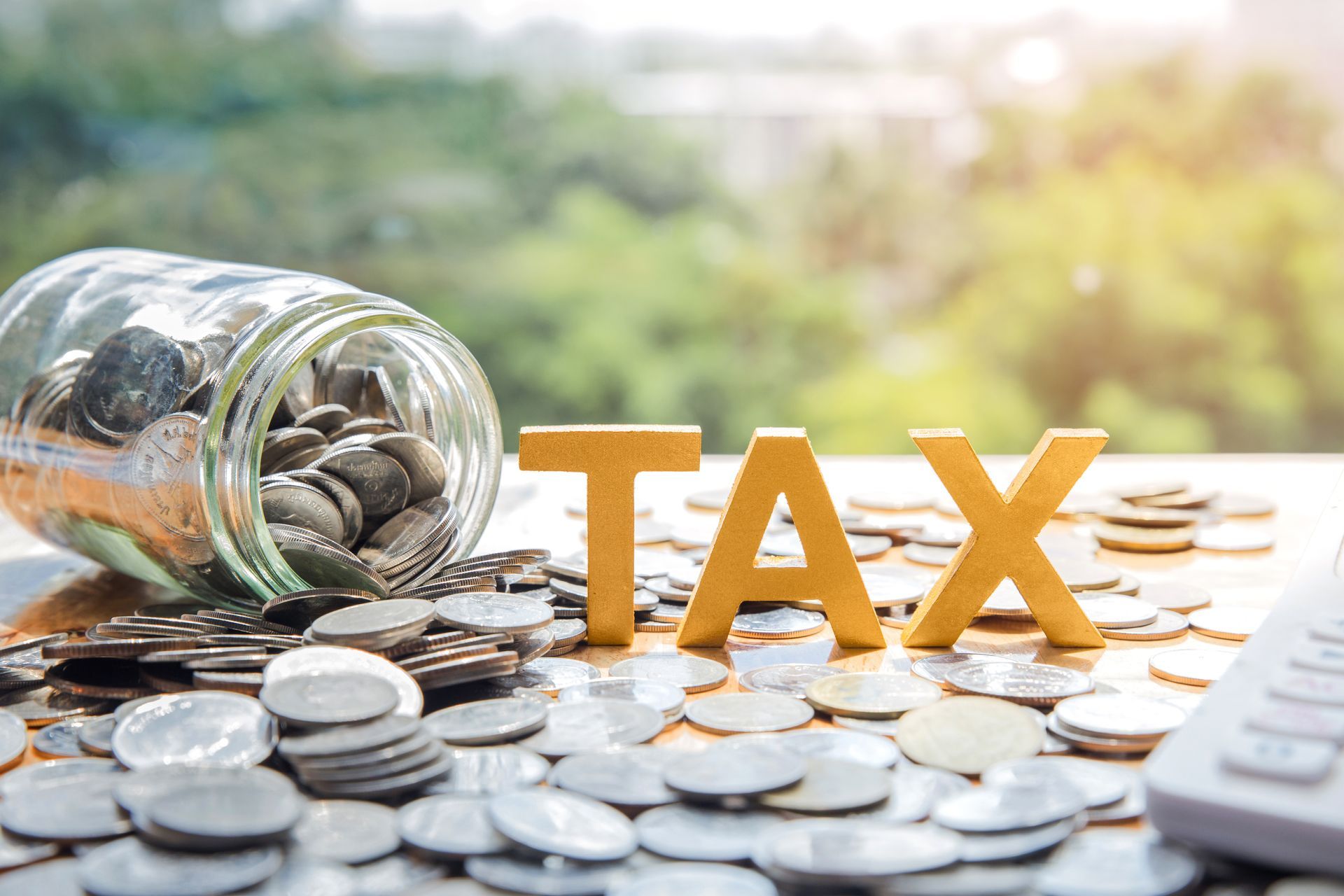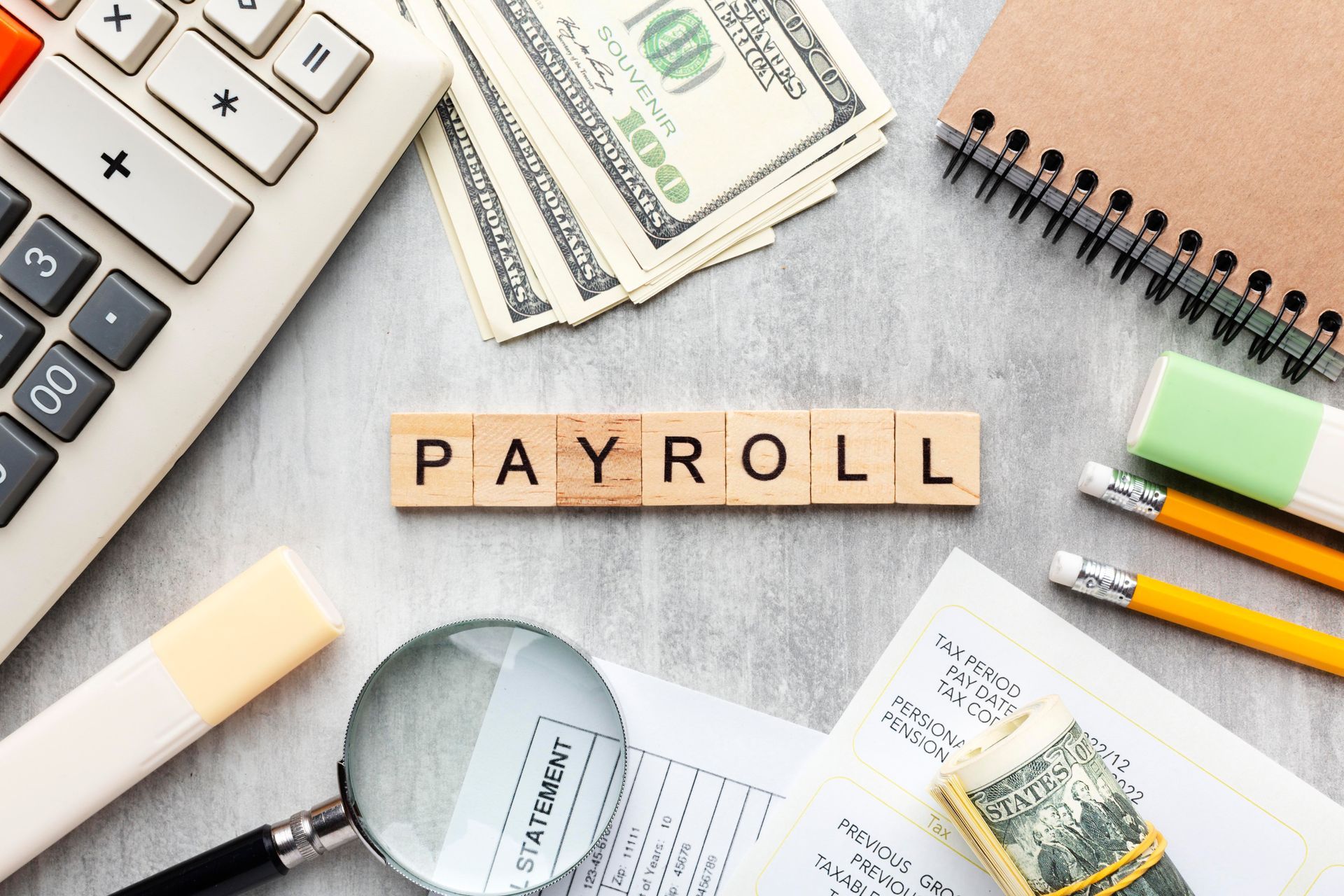Canada’s Pro Deposit 2023-2024: Everything You Need to Know
Are you puzzled by the appearance of “Pro Deposit” on your bank statement? No need to worry or stress about it. While deposits and withdrawals can sometimes be confusing, Canada Pro Deposit is nothing that should cause trouble or concern.
If you’re curious to learn more about Canada Pro Deposit, including details on how much can be saved, eligibility criteria, application processes, and expected payment timelines, you’ve come to the right place. Continue reading to find answers to all your inquiries!

Understanding Canada’s Pro Deposit Program
Canada’s Pro Deposit program is an initiative implemented by the Canada Revenue Agency (CRA) on behalf of provinces to assist certain individuals residing in Alberta and Ontario. These payments are typically made through direct deposit and aim to provide financial support to low-income households in Canada. The funds can be utilized to cover expenses such as energy sales tax and property taxes. One common example of this program is the Ontario Trillium Benefit (OTB).
If you are a resident of Ontario, the Canada Pro Deposit you receive is likely the Ontario Trillium Benefit (OTB) payment. For individuals in Alberta, it may be the Alberta Child and Family Benefit (ACFB). Receiving a Pro Deposit indicates that you are eligible for either the OTB or ACFB, depending on your place of residence.
The Canada Pro Deposit program is designed to provide financial assistance to low-income households in Canada. Its primary objective is to empower individuals to plan for emergencies and alleviate financial hardships they may be facing.
Eligibility for Canada’s Pro Deposit in 2024
To be eligible for the Canada’s Pro Deposit in 2024, applicants must meet specific criteria. Firstly, they need to be at least 18 years old and have a spouse or common-law partner, either currently or in the past. Additionally, households with an income below $180,000 are eligible to apply for an additional $100 per month per child for a duration of 6 months, beginning on January 18. This means each child could receive a total of $600. The payment frequency can be monthly or quarterly, depending on the recipient’s enrollment in Ontario’s OTB program or other eligibility requirements.
If you reside in Ontario, there are certain tax credits that qualify you for the Canada’s Pro Deposit. These include the Northern Ontario Energy Credit (NOEC), the Ontario Energy and Property Tax Credit (OEPTC), and the Ontario Sales Tax Credit (OSTC).
Alternatively, if you are a resident of Alberta, you can qualify for the Canada Pro deposit by using the Canada Child Benefit (CCB) and the Alberta Child and Family Benefit (ACFB). Simply meeting the requirements for these programs makes you eligible for the Canada’s Pro Deposit.
Also read: Demystifying Part XIII Income Tax
Ontario Residents “Pro Deposit”:
If you come across the Canada’s Pro Deposit on your bank statement, it indicates that you have received tax credits from the Ontario Trillium Benefit. In Ontario, individuals can qualify for three different tax credits under the Ontario Trillium Benefit, each with its own eligibility criteria and maximum credit amounts.
Here’s a brief explanation of each tax credit:
- The Northern Ontario Energy Credit: This credit is designed for residents who incur higher home energy expenses. Both individuals and households can receive a credit amount of $158, with an additional $243 for households.
- The Ontario Energy and Property Tax Credit: This credit is available to all Ontario residents who pay property and sales taxes that contribute to fees. Individuals aged 18 to 64 can receive a maximum credit of $1,095, while those 65 or older can receive up to $1,247. Students are eligible for a maximum credit of $25. Additionally, residents of public long-term care homes or reserves can receive $243.
- Credits for Low-Income Individuals: This credit allows for an amount to be claimed for a common-law partner and children under the age of 19. The maximum credit amount that can be received is $316.

Alberta Residents “Pro Deposit”:
If you observe a deposit labeled as “Canada’s Pro Deposit” in your account, it is likely related to the Alberta Child and Family Benefit (ACFB). Since July 2020, this benefit has been consolidated into a single payment along with the Alberta Child Benefit (ACB).
The benefit is composed of two elements:
- Base Component: The base component is available to all households with children, regardless of their income.
- Working Component: The working component is intended for families with an annual income exceeding $2,760. It serves as an incentive for individuals to seek and maintain employment.
For one child, the maximum base component is $1,330, while the maximum working component is $681. The amounts do not increase linearly for each additional child, as there are specific ranges based on the number of children.
The Canada Child Benefit (CCB):
The Canada Child Benefit (CCB) is a program that provides eligible Canadian families with a non-taxable payment to assist with the costs of raising children under the age of 18. The CCB may also include additional support for children with disabilities or other provincial and territorial programs.
To qualify for the CCB, the following requirements must be met:
- Canadian Citizenship: You must be a citizen of Canada.
- Residency: You must be living with a child who is under the age of 18.
- Primary Caregiver: You must be the primary person responsible for the upbringing and care of the child.
In conclusion,
The Canada’s Pro Deposit offers a valuable opportunity to enhance your income and potentially increase your savings. It is important to consider that even a modest investment, when allocated wisely and allowed to grow, can yield significant returns. Therefore, taking advantage of the Canada’s Pro Deposit can be a beneficial financial decision.
Share This Blog











